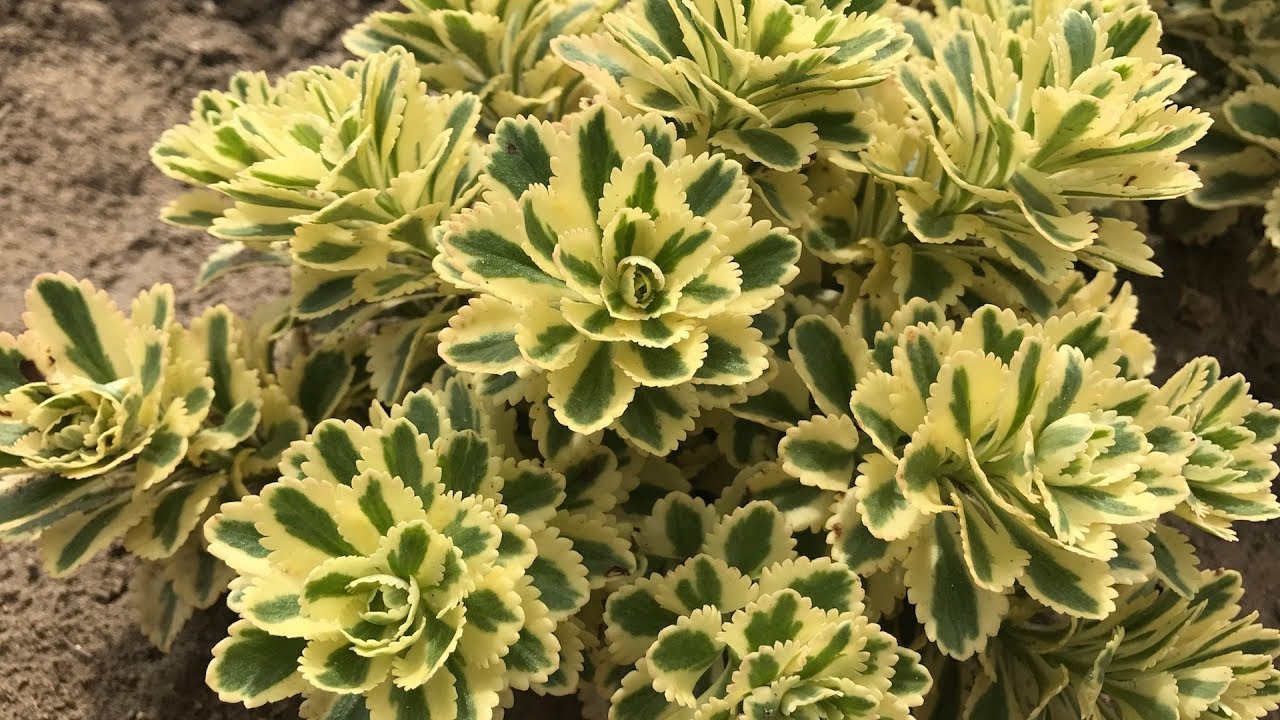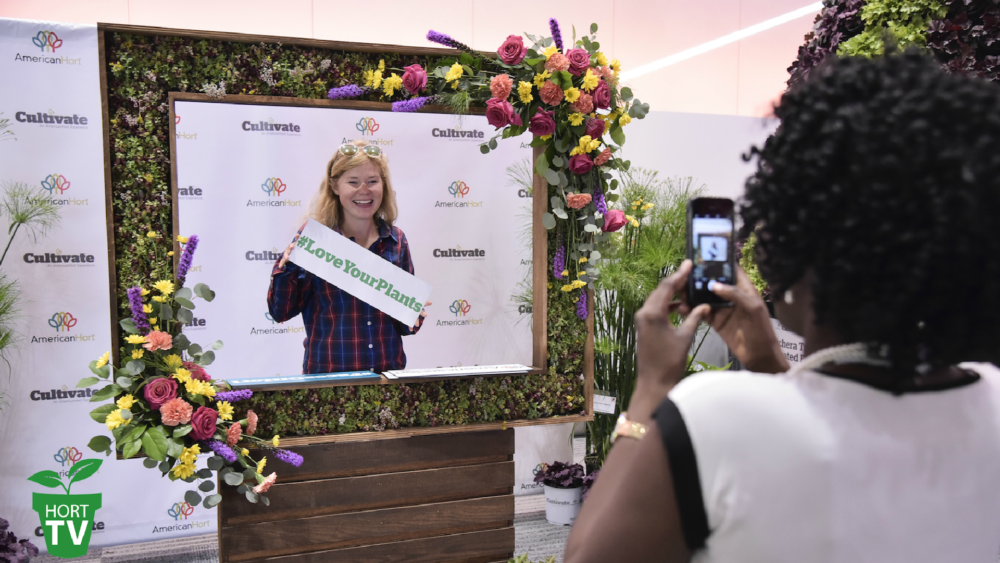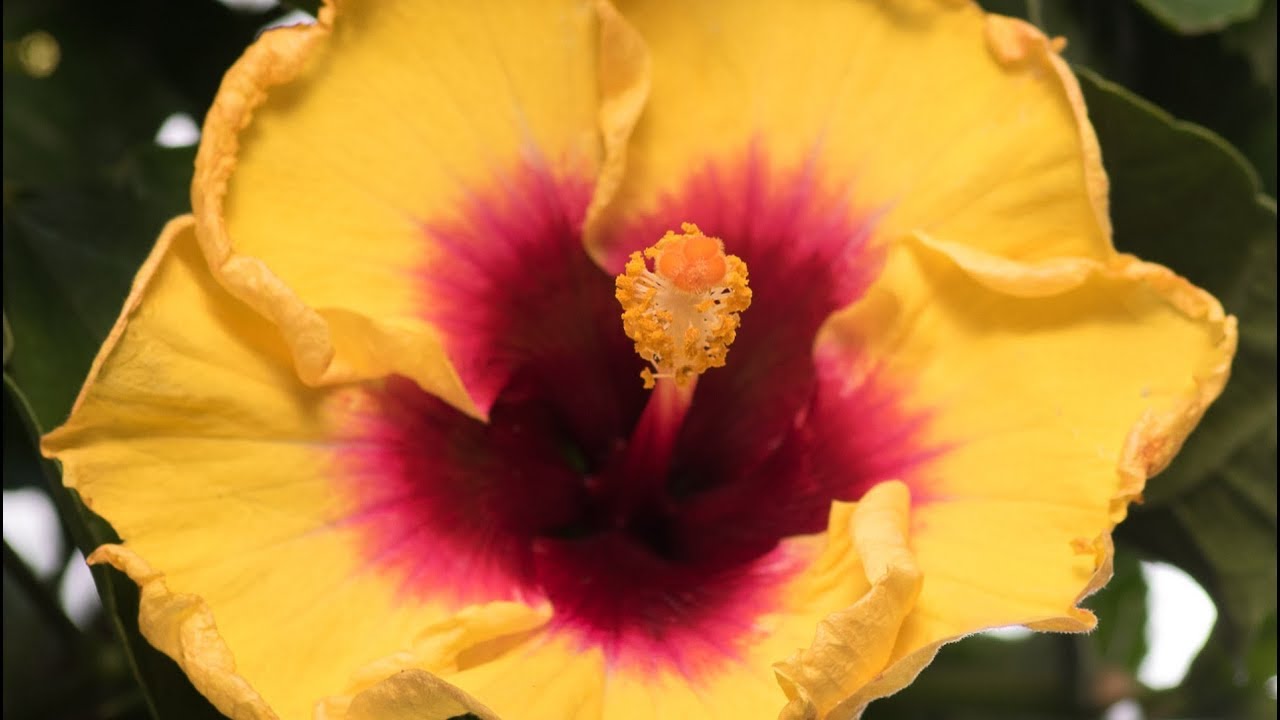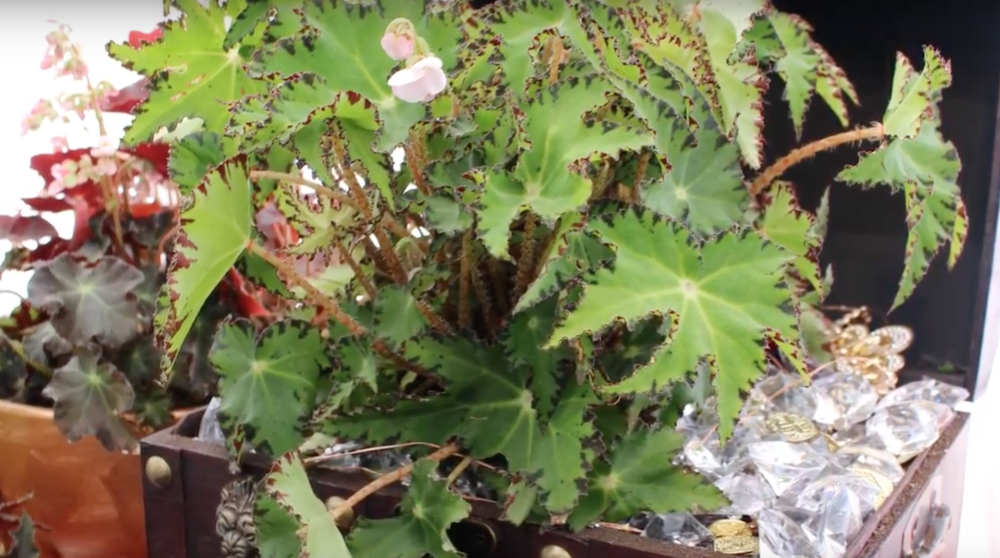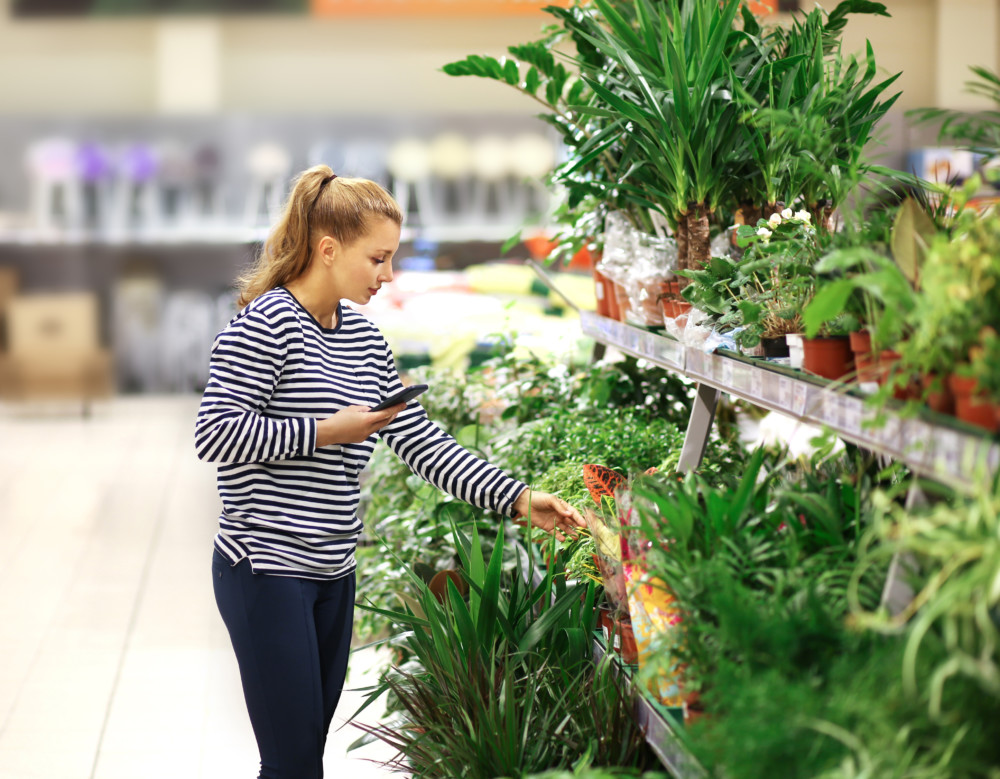
Social media and horticulture
Communication between businesses and consumers in the horticulture industry is an important topic to revisit periodically in the face of developing technology. In the past, mailers, newsletters and other paper-based publications have long been an important part of horticultural outreach, education and business. The Old Farmer’s Almanac, for example, is the longest running, continuously published magazine in North America. Retail and garden centers are businesses like any other, sending out mailers to local customers with coupons, event invites or seasonal information for growers.
With the rise of social media, the ability for retailers, growers and product manufacturers to directly reach end users has developed so quickly that many businesses are unsure of how to properly take advantage of these new tools. Understanding content type and audience is a great place to start when trying to venture into the social media game.
The Right Platform
Content type and audience radically changes from platform to platform. Facebook, YouTube, Instagram, LinkedIn and TikTok all have active communities of garden hobbyists, commercial growers, students, technical specialists and everyone in between. The format of each platform strongly influences the type of content that becomes popular and what type of audience your content will reach, but each avenue has its place in a strong social media plan.
Facebook remains an active social media platform, despite its recent decline in popularity. Individuals with gardening interests and hobbies who are seeking out local businesses to visit, or seeking out local discussion groups to join, are still active. Retailers can quickly and easily share locally relevant information and programs to homeowners and hobbyists here.
YouTube has long been an outlet for video content creators making how-to videos and showing off plants and gardens, along with a huge library of professional and technical content. As the default video sharing service on the internet, retailers can use YouTube services to post product-oriented videos, informational guides, event announcements and more.
Instagram’s strong focus on visual media favors content such as infographics, pictures of attractive plants and retail arrangements, and short format videos. The ease of content consumption appeals to home gardeners, hobbyists and growers with less time to read and digest information. Companies can use image-based posts to let customers know about technical resources available on other platforms.
LinkedIn is emerging as a platform where horticulture professionals can connect with information- and text-heavy content. Article publication and sharing is encouraged through this platform, allowing for the discussion of more technical information alongside in-depth conversation between retailers, growers, manufacturers, and technical advisers.
TikTok, the newest addition to this group of social media platforms, focuses entirely on short-form video. Bite-sized videos (seven to 15 seconds long) can be quickly consumed and are often prioritized, aiding in brand awareness for many businesses but not always useful to convey news or technical information.
Social media can have a strong impact on the horticulture industry from a number of angles. Awareness of this very public conversation would benefit everyone participating in the industry, from retailers looking for quality products, to technical support specialists and researchers trying to understand the problems facing growers in their day-to-day lives.
For an enhanced reading experience, view this article in our digital edition.






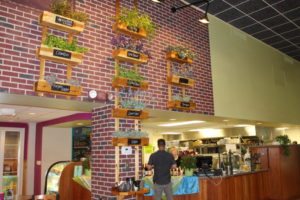

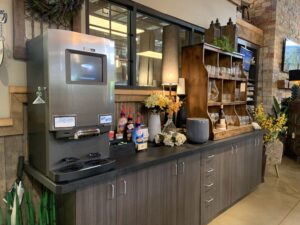
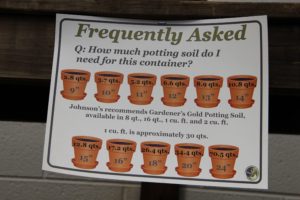
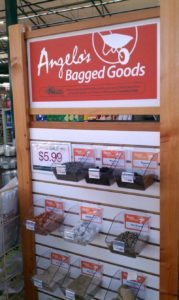
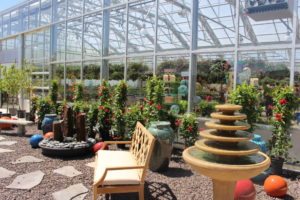
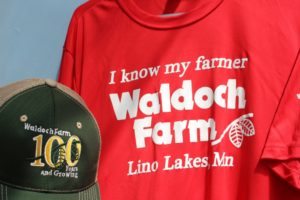
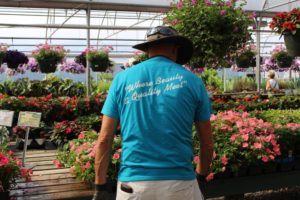
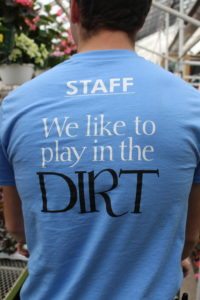
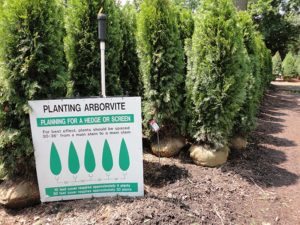
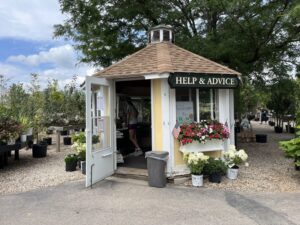

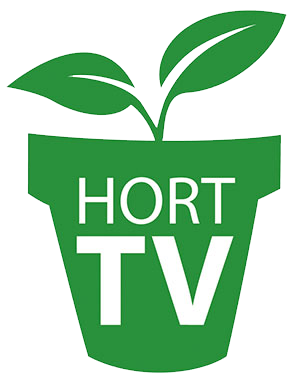 Videos
Videos